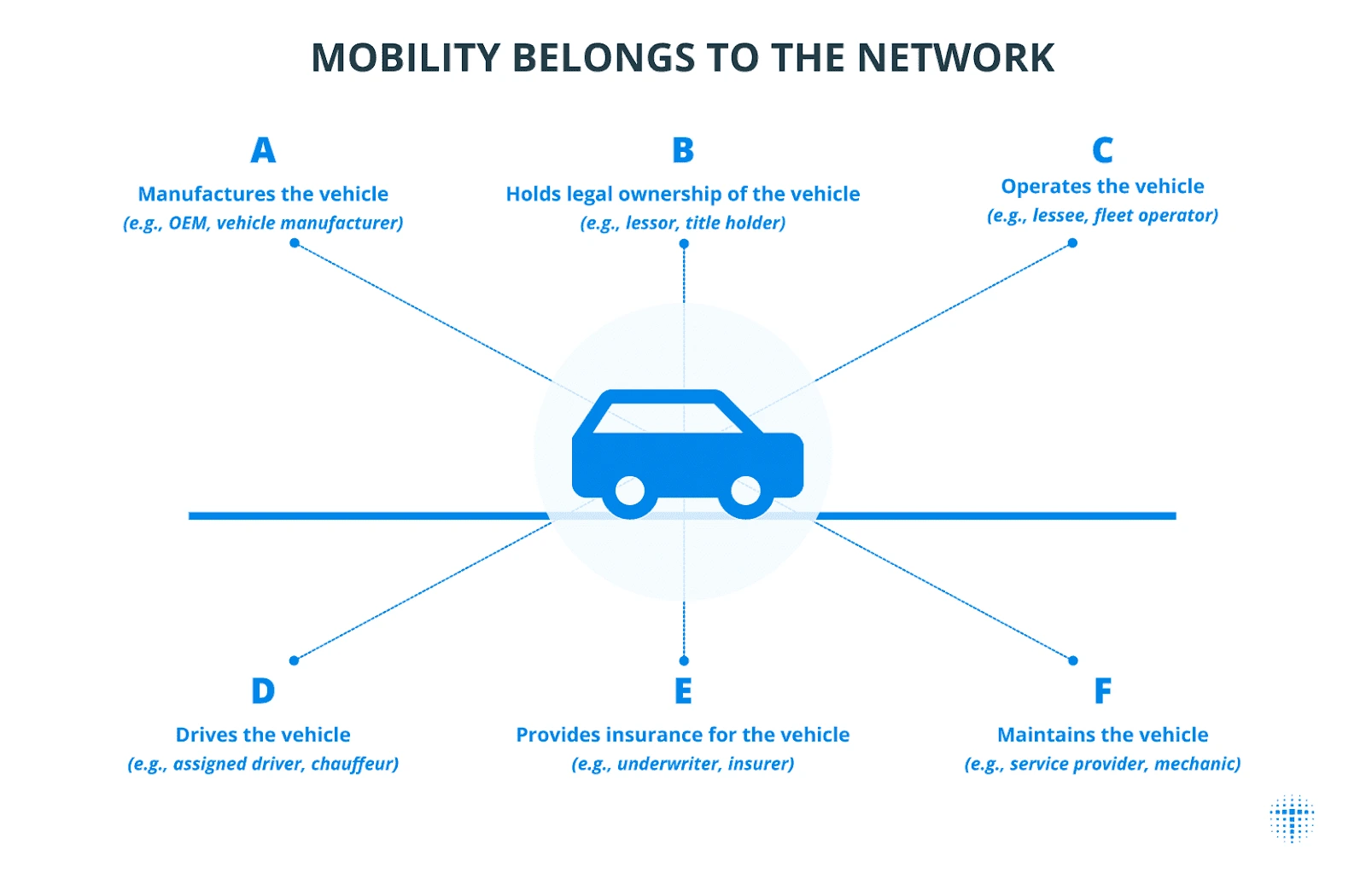The automotive industry is undergoing a transformation driven by digitalization and the integration of emerging technologies. Two recent projects demonstrate how Avalanche, one of the fastest and most scalable blockchains, is leading the way: Toyota’s Mobility Orchestration Network (MON) proposal and CodeNekt’s dedicated blockchain.

Although different in scope, both share the same goal: redefining the relationship between vehicles, users, and services.
Toyota and Avalanche: orchestrating mobility
In August 2025, Toyota Blockchain Lab introduced the concept of the Mobility Orchestration Network (MON), designed to create a “digital trust layer” that supports mobility services worldwide.
The ambition is clear: transform vehicles into digital assets that can be represented through NFTs or security tokens, managed on Avalanche’s blockchain infrastructure.
How MON works
The project leverages Avalanche’s multichain architecture, which enables the deployment of multiple customized chains (sub-L1). Key advantages include:
- Near-instant finality in transactions.
- Scalability to support high volumes of operations.
- Interoperability through the Interchain Messaging (ICM) protocol.
- Specialized modules that divide functions into distinct chains.

In fact, MON envisions four main sub-networks:
- Security Token Network: tokenization of fleets and assets.
- Mobility Trust Network: property rights management.
- Utility Network: services such as ride-hailing or electric charging.
- Stablecoin Network: payments, fees, and revenue distribution.
MON’s scope covers financing, leasing, insurance, on-demand mobility, carbon emission traceability, and real-time ownership transfers. Toyota envisions an ecosystem where every vehicle is not only in motion but also acts as a trusted digital asset.
CodeNekt: digital identity for every vehicle
While Toyota explores a global model, CodeNekt takes a more direct approach: creating a digital identity for every car.
Founded by Francis Hachem, the startup launched its own Avalanche Layer-1 blockchain in April 2025, supported by the Zeeve platform. This network addresses a concrete problem: the lack of transparency in used car histories.

Technical aspects
CodeNekt’s blockchain includes:
- Millisecond-level finality and low energy consumption.
- Ethereum compatibility (EVM).
- Its own economic zone, with fees paid in the $CDK token.
- Enterprise tools such as TraceHawk, an explorer ensuring real-time traceability.
Each vehicle is represented as a dynamic NFT, automatically updated with key information: maintenance, inspections, insurance, or resale.
Current reach
The network is already operational, integrating over 2,500 workshops and service centers across 17 European countries. With this support, CodeNekt is laying the foundation for making vehicle traceability an industry standard.
The $CDK token not only covers network fees but also enables governance, staking, and access to services within the ecosystem.
Two paths toward the same goal
Although Toyota and CodeNekt differ in scale and approach, both projects demonstrate how Avalanche is shaping the future of mobility:
| Aspect | Toyota – MON | CodeNekt |
|---|---|---|
| Approach | Global network of services and fleets | Digital identity for every vehicle |
| Status | Concept and design testing (2025) | Mainnet live (2025) |
| Technology | Multichain architecture + ICM | Dedicated L1, $CDK token, dynamic NFTs |
| Applications | Financing, insurance, mobility | Maintenance, insurance, resale, tracing |
| Expected reach | Macro scale, industrial integration | Micro scale, individual vehicles |
They represent complementary visions:
- Toyota seeks to establish the foundation for a global digital mobility ecosystem.
- CodeNekt focuses on solving immediate needs for users and companies, starting with individual traceability.

Toyota and CodeNekt’s adoption of Avalanche shows how blockchain is no longer an experiment but a real infrastructure within the automotive industry.
Whether on a global scale, with networks integrating mobility services worldwide, or individually, with digital identities for each vehicle, the trend is clear: the cars of the future will be connected not only to roads but also to blockchains.
5
0
NEWSLETTER
Subscribe!
And find out the latest news
Other news you might be interested in
Etiquetas







